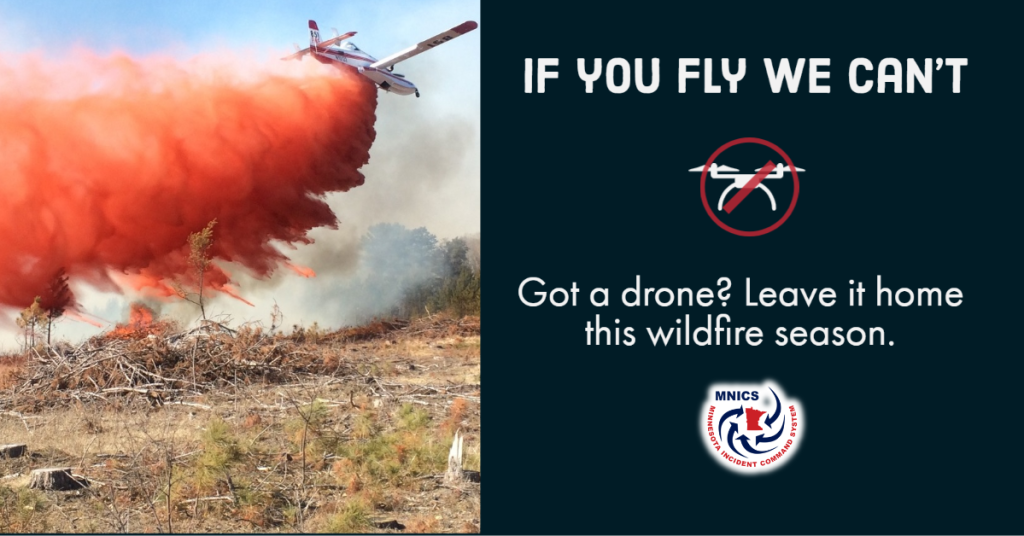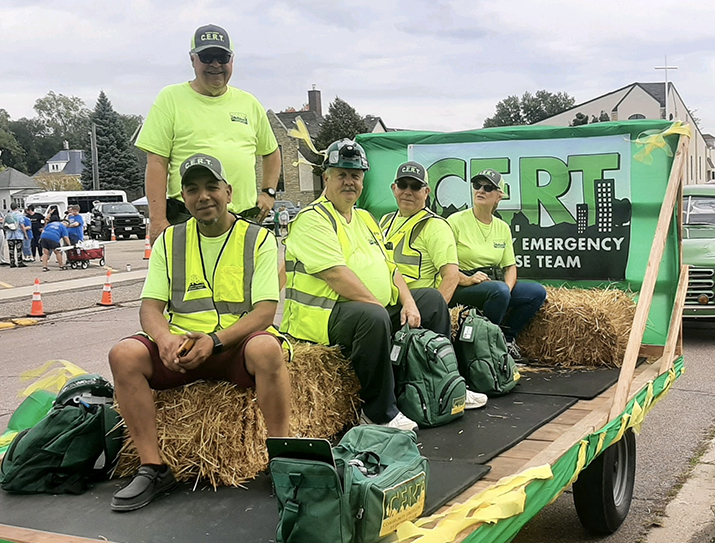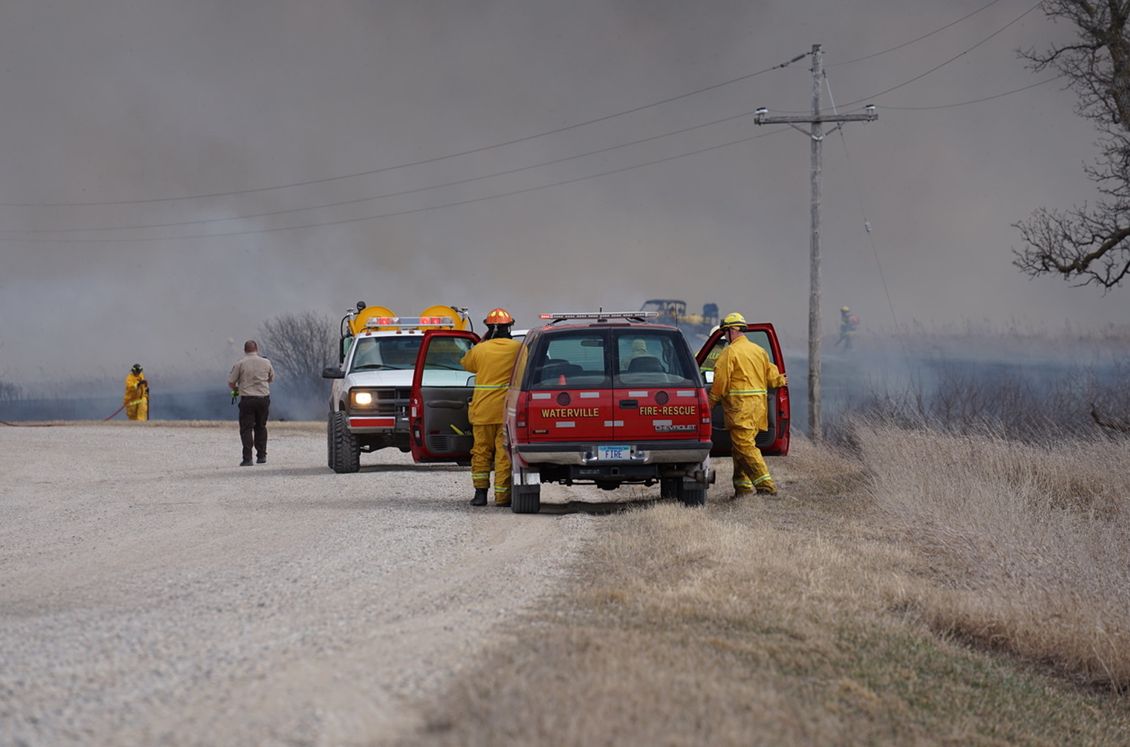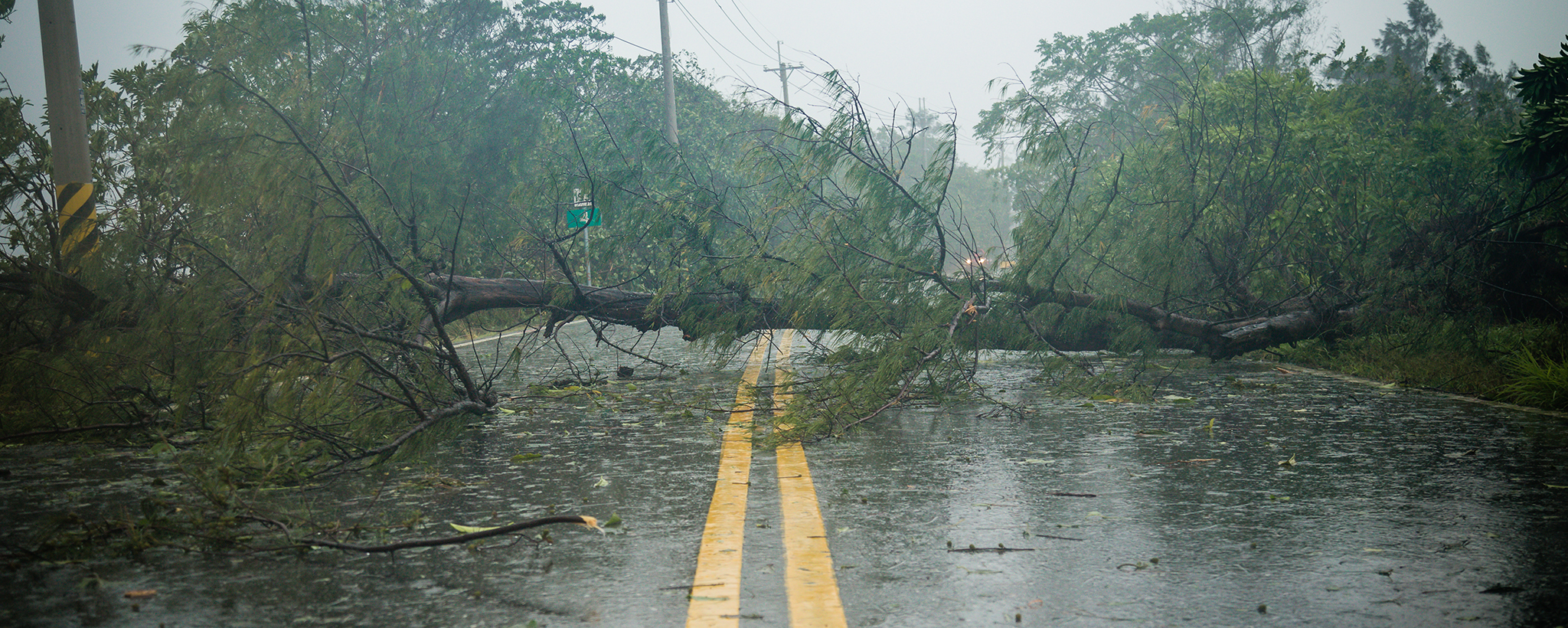Unauthorized drone disrupts fIre response at Split Rock Lighthouse

Grand Rapids, Minn., – Drones continue to show up unannounced on Minnesota wildfires. Firefighters responding to a small fire on Tuesday, near Split Rock Lighthouse along the north shore, confirmed the latest unauthorized drone encounter. The Minnesota Interagency Fire Center reminds everyone that unauthorized use of drones within the vicinity of a wildfire is prohibited.
Firefighters with the Minnesota Department of Natural Resources and a DNR helicopter responded to the small one-acre wildfire at Split Rock Lighthouse. While the helicopter landed to refuel, DNR firefighters spotted an unauthorized drone where they were working. The DNR helicopter remained grounded until firefighters confirmed the drone had landed, and then the helicopter returned to base.
Read the full story on MNICS website, a partner of HSEM.
What's a CERT & why should my community have one?

From wildfires to train derailments, emergencies can strike at any time and the initial response can be overwhelming for first responders.
Community Emergency Response Team (CERT) programs help bridge the gap between when an emergency happens and when first responders can assist. These volunteers learn how to protect themselves, their loved ones, their neighbors and the community by assisting before, during and after an emergency occurs.
In order for CERTs to be successful, they must gain and maintain community buy-in and volunteers. To better understand why a community should have a CERT and how to reach volunteers, Denise Wright, emergency manager for Waseca County, answers a series of questions to provide her perspective. Denise has helped establish one of the more successful CERT programs in the state with Waseca County.
The answers and more can be found in our latest blog.
Be prepared for wildfires throughout this dry spring

Firefighters work to put out a wildfire in Waseca County. Photo courtesy of the Waseca County Pioneer.
A wildfire in Waseca County raced through nearly 2,000 acres during the first weekend of March, forcing several residents to evacuate. This fire, which hurt three people, was just one of more than 70 across the state so far this year.
With Minnesota's wildfires getting an early start on the season — which predicted to be unusually active — public safety teams are increasing their preparedness levels to match the need. The real-time response is only part of the planning. The Department of Public Safety (DPS) and our partners' proactive work is also paying off. Learn more in our latest DPS blog.
Navigate severe weather with a mapped-out emergency plan

Minnesota is a land of 10,000 lakes — and tornados, floods, wildfires, extreme heat and other severe weather threats.
This week is Severe Weather Awareness Week in Minnesota. It's the perfect time to think about seasonal weather threats and how you can prepare now to keep your family safe.
Learn more in our latest DPS blog or visit our HSEM severe weather week awareness page.

